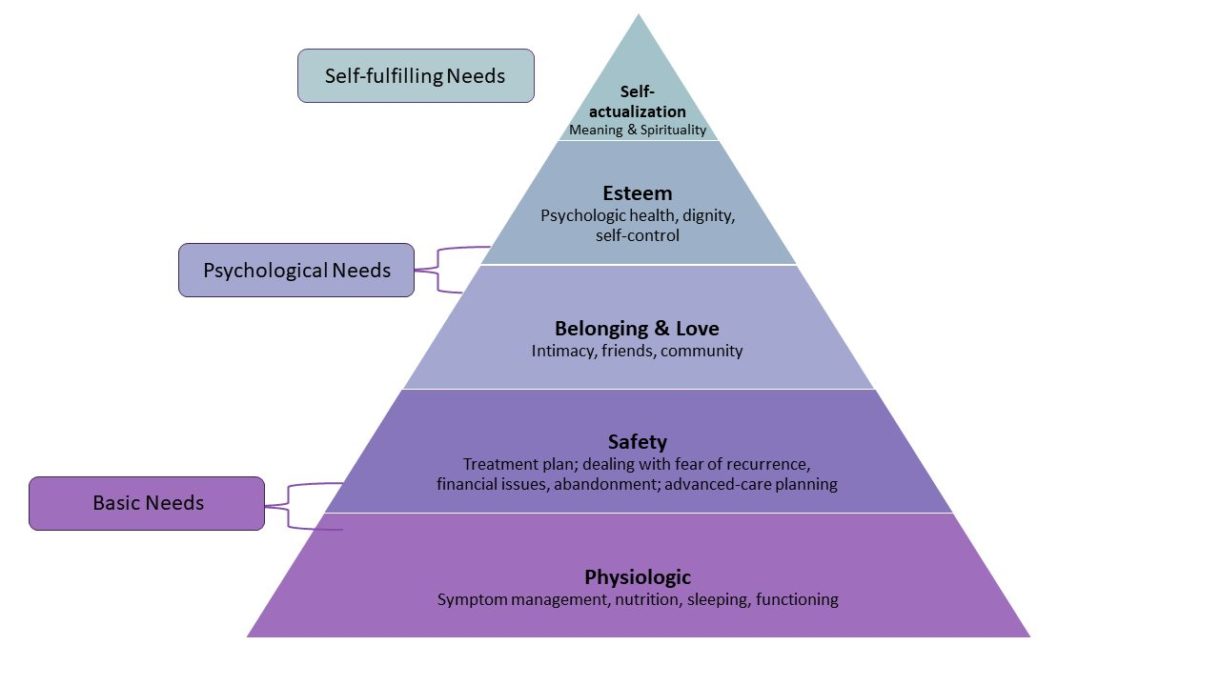What is the Role of a Caregiver?
You are most likely reading this because you have taken on (or are about to take on) the role of caregiver to a person with melanoma. While it may not be a role you expected to take, it is a critical role in which you can make a big difference for your loved one with melanoma. This section of the website is designed to assist you with the various aspects of caregiving, including special considerations for those caring for a patient receiving checkpoint inhibitor therapy.
Some people who have provided support for a person with cancer see themselves as co-survivors. As one patient and advocate put it, “a person does not get cancer, a family does.” In fact, the caregiver often experiences many of the same stresses as the person with cancer but may not receive the same level of support. Therefore, on these pages we’ve also included services to support you and strategies to help you take care of yourself. Taking care of yourself is important, not only because you deserve it, but because if you do, you will be better able to take care of your loved one.
Approximately 2.8 million people report caring (unpaid) for a family member or friend whose primary diagnosis is cancer. These specific tasks may vary from caregiver to caregiver, but the general “job description” is the same: help with patient advocacy, daily activities, clinical care at home, emotional support, and so much more.
See Maslow’s Hierarchy of Needs Pyramid, below, which categorizes the needs of a patient with cancer. These Caregiving pages of our website will discuss caregiving tasks based on Maslow’s Pyramid.
Here are the four pages in this section:

Maslow’s Hierarchy of Needs Pyramid as applied to the person with cancer. Adapted from Acute Leukemia Advocates Network 2020.
What is Maslow’s Hierarchy of Needs Pyramid?
Abraham Maslow’s hierarchy of needs is one of the best-known theories of motivation. Maslow’s theory states that our actions are motivated by certain physiological needs. His ideas are often represented by a pyramid of needs, with the largest, most fundamental needs at the bottom, and more complex needs at the top. The hierarchy has been adapted here for our use with caregivers and patients with melanoma.
